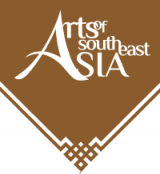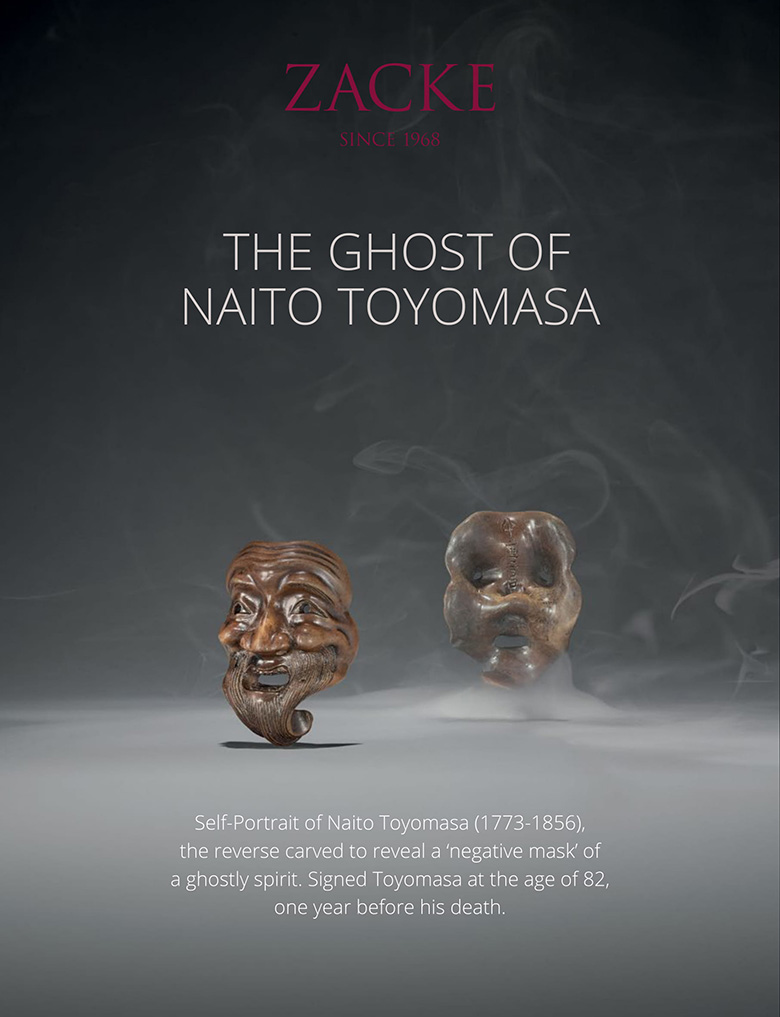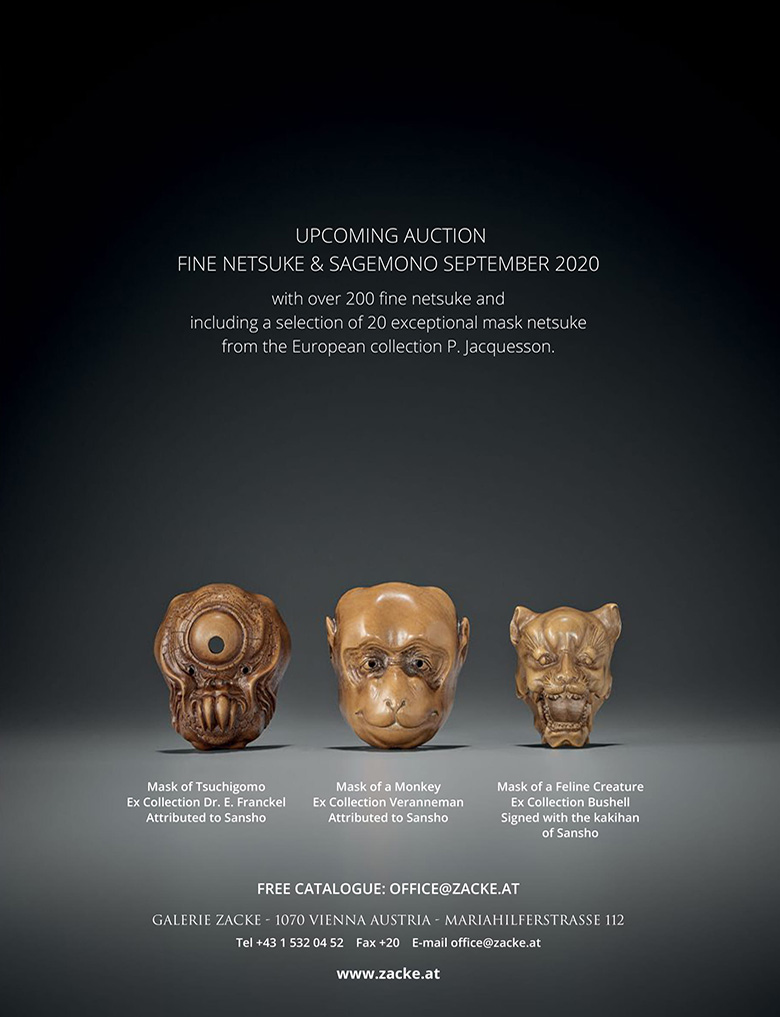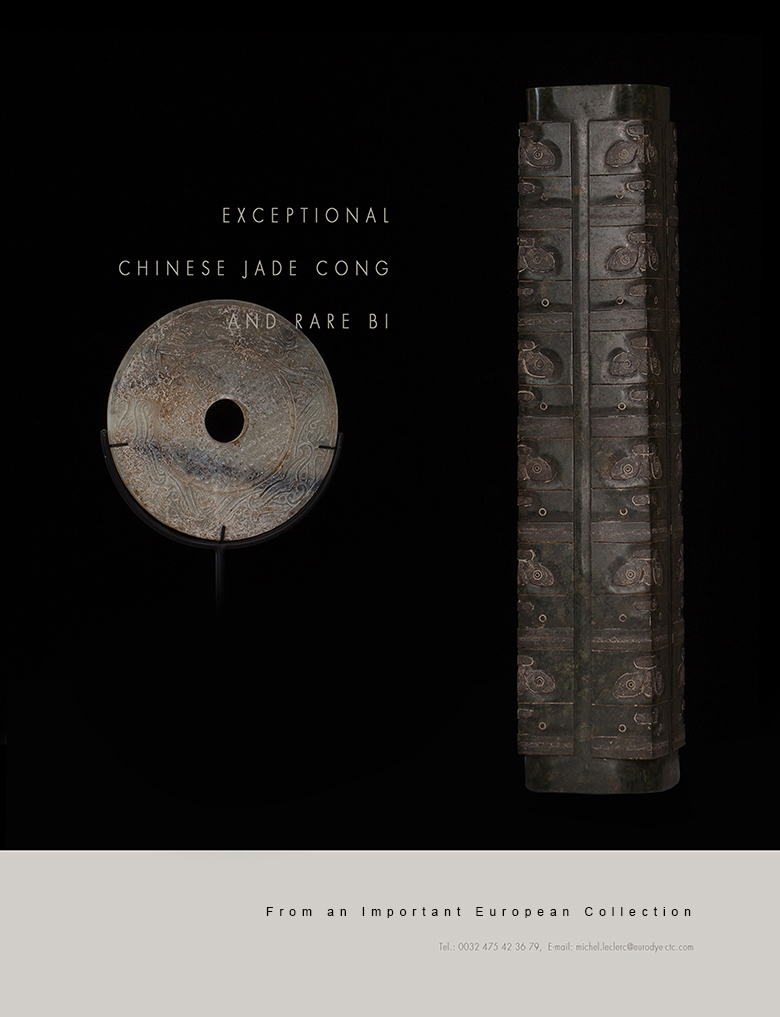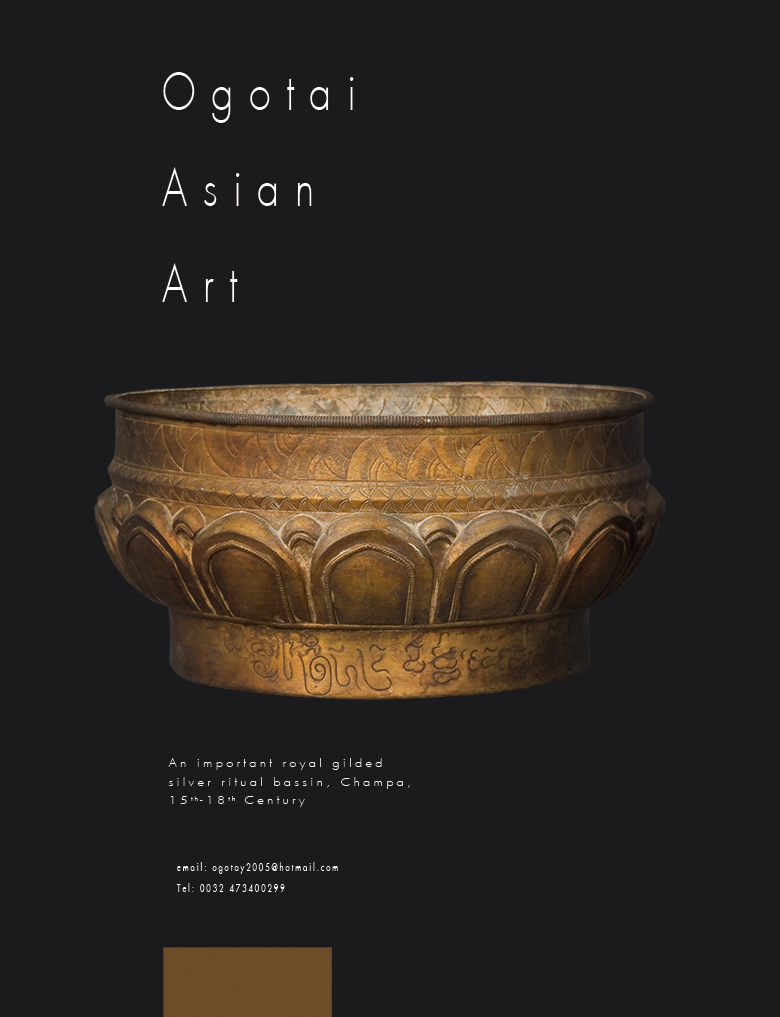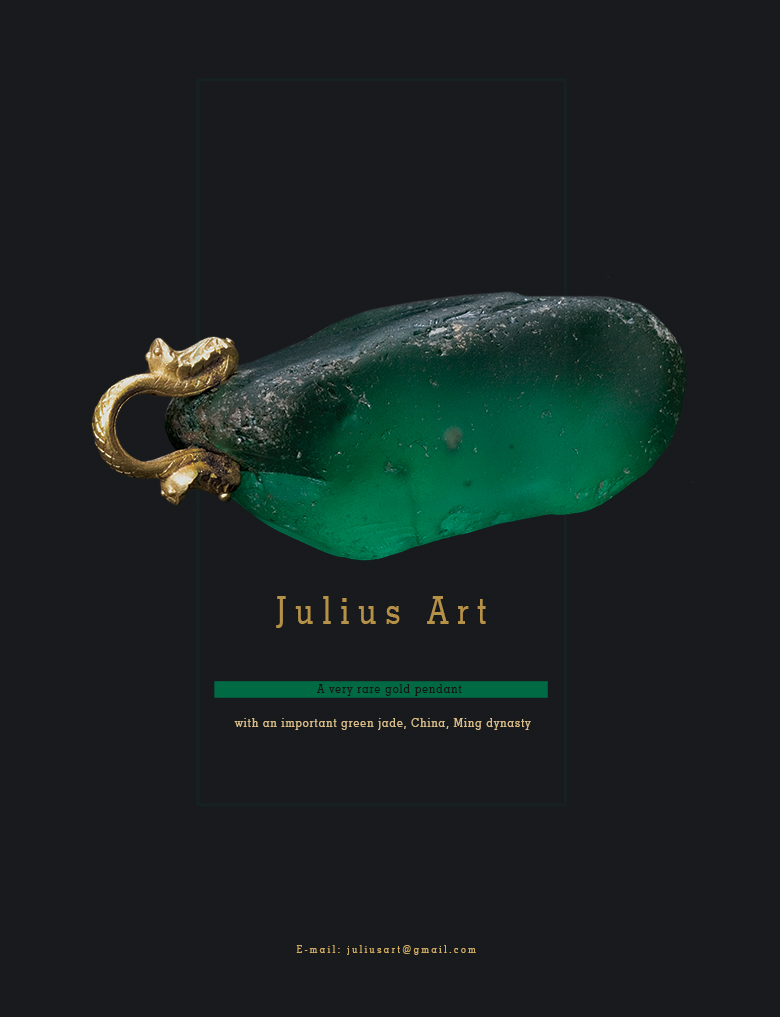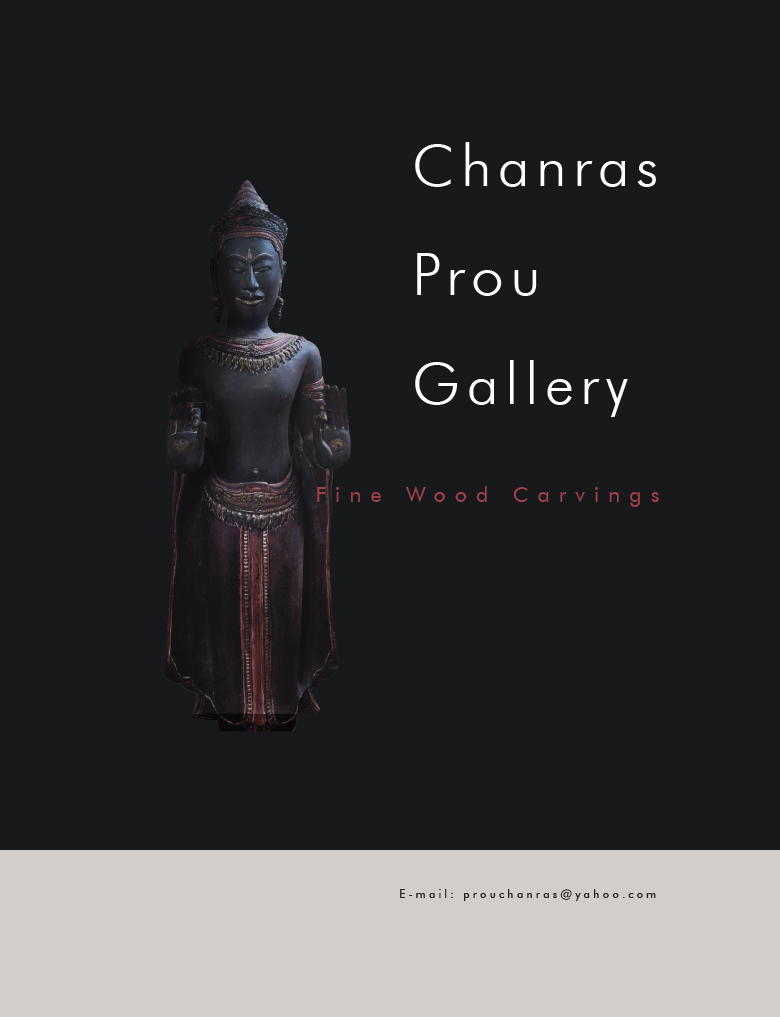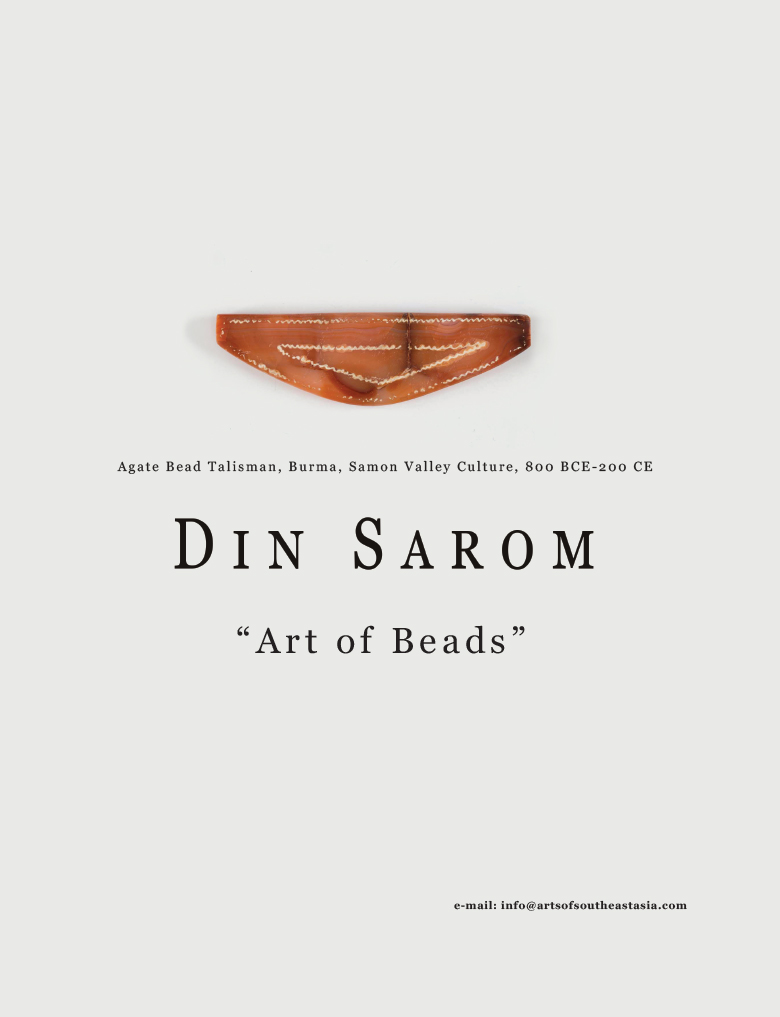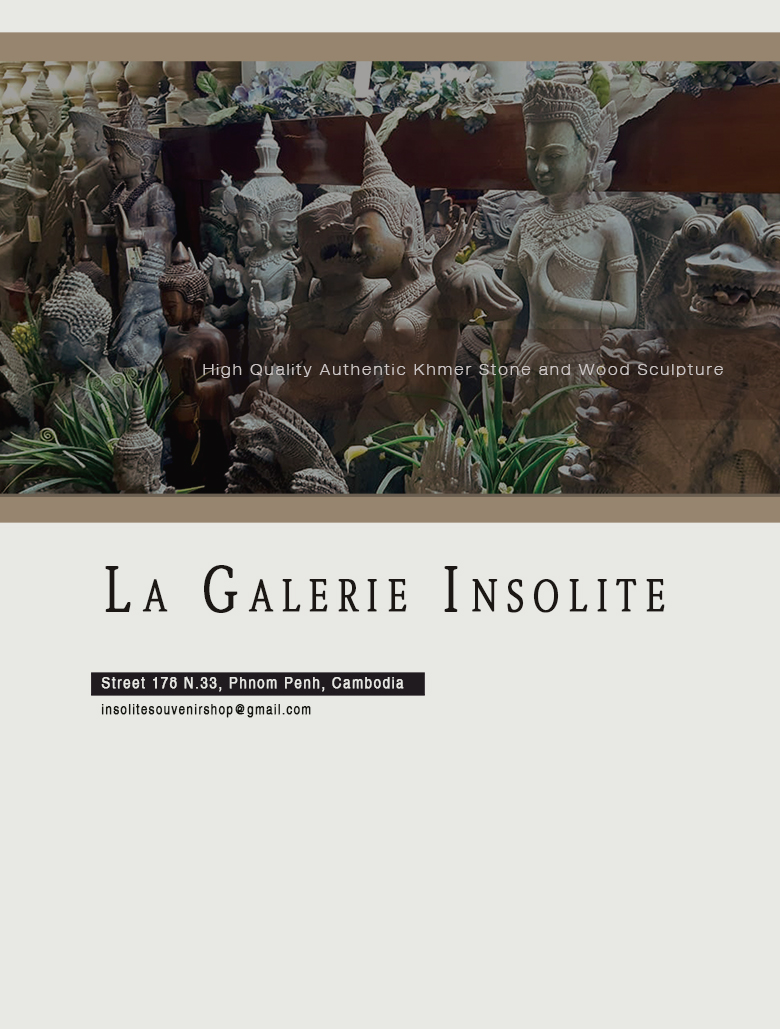The International Magazine of Arts and Antiques of Southeast Asia
Volume 1, Issue 3, July-August 2020.
Contents
Arts of Champa
Editorial
Our ambitious plan is to introduce you to the Cambodian contemporary art scene, which we consider to be so new, so exciting, so colourful and creative that this issue is only the first in a series.
However, we don’t just want you to come to know and love it, we also want to promote these predominantly young artists by publishing albums and organizing European exhibitions. It is well known that in the European sense, modern art was born here in the mid-1920s at the Indochina College of Fine Arts that was founded by Victor Tardieu in French Indochina with the intention of introducing western art and techniques, and with that the journeys of a new generation of Western artists began.

There is so much to be found in the now very diverse modern and contemporary art of Cambodia: the traditional line of the glorious historical past and the revival of classical traditions (Angkorian landscapes, modern depictions of the Buddha, mythical gods), the quest to revitalize traditional Khmer art in Cambodian contemporary art, a return to nature and the embracing of its values, but at the same time modern trends that present human and social problems, traumas, dangers and the search for new ways that point in new directions, too. Revel in this rare cultural-artistic outlook!
Dr. István Zelnik
Editor, President of the Editorial Board
At the Roots of the Art of
Sopheap Pich
An Interview with Sopheap Pich by Reaksmey Yean-Georges
“My technique is almost so simple that they shouldn’t call it a technique,” sculptor Sopheap
Pich talks about the formulation of his works as we sit beneath a tamarind tree discussing his
career; strong waves of warm, heated wind push in at intervals, while the artist sits on a wooden
stool with his legs crossed, cradling a mug of tea in his lap. Known for his use of bamboo and
rattan, materials found in abundance in tropical Cambodia, Pich maintains that his intricate and
strenuous sculptural beings are not intended to “show any complications,” but to just simply
“create form”.
While Phnom Penh bids its final farewells to that icon of the Royal Ballet, the late HRH Princess
Norodom Bophadevi, I have travelled thirty kilometers northeast of the city on National Road
6A to Pich’s studio-cum-residence in Prek Anh Chanh village. Once through the two-hectare
property of reclaimed rice-fields, now covered with luxurious, tropical woods…
Garden of Desire
the designer and jeweller
Ly Pisith
by Agnes Lim
The roots of Garden of Desire go back almost five decades to the violent reign of the Khmer Rouge, to when as a young Cambodian boy, I was separated from my family and forced to flee to Thailand and, subsequently, France. Years later, in my 20s and living in Paris, I battled my demons with music and art. I found solace working with my hands, making things. That soon became much more than a diversion, and I discovered my vocation in design.
I studied at the Institut Universitaire de Technologie in Bordeaux and took courses in graphic art and decoration at the Beaux Art de Paris. Afterwards, for years, I worked as a product designer for Alain Mikli, Starck and other haute couture international brands in Paris. Then, my career took me to Singapore. Located so close to Cambodia, it wasn’t long before I began to be submersed by thoughts of my early childhood and my first home.
Din Borin’s
Abstract Painting
Din Borin is one of the most important abstract painters in Cambodia. This young, self-taught artist has no art education, yet in the astonishingly short period of 10 years he has become the most popular and well-known abstract painters in Cambodia and earned himself an international reputation.On the 5 June 2020, he declared: “I am proud of my work and have comitted my talents to depicting images from Cambodian culture, religion and society, including those relating to homosexuality”.
There are two tendences to note in Dins Oeuvre: one is the inspiration by and abstract expression of cultural and religious heritage…
